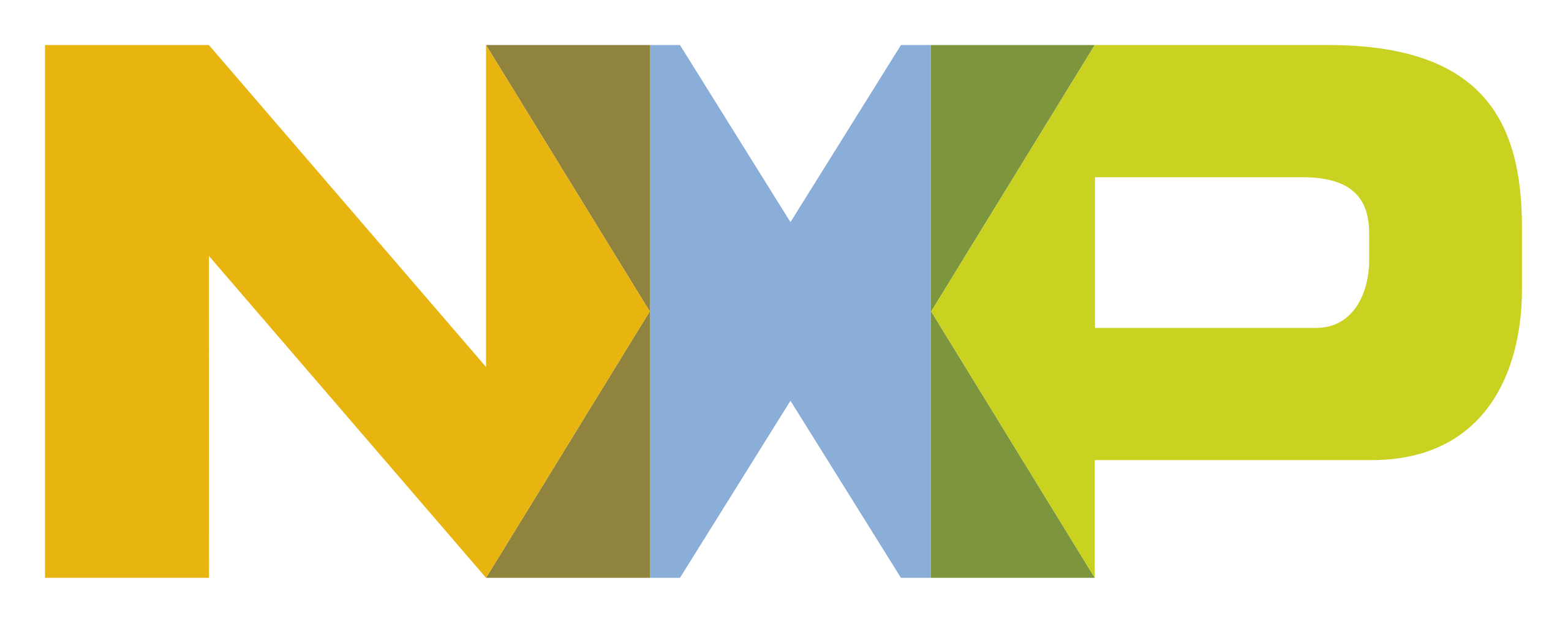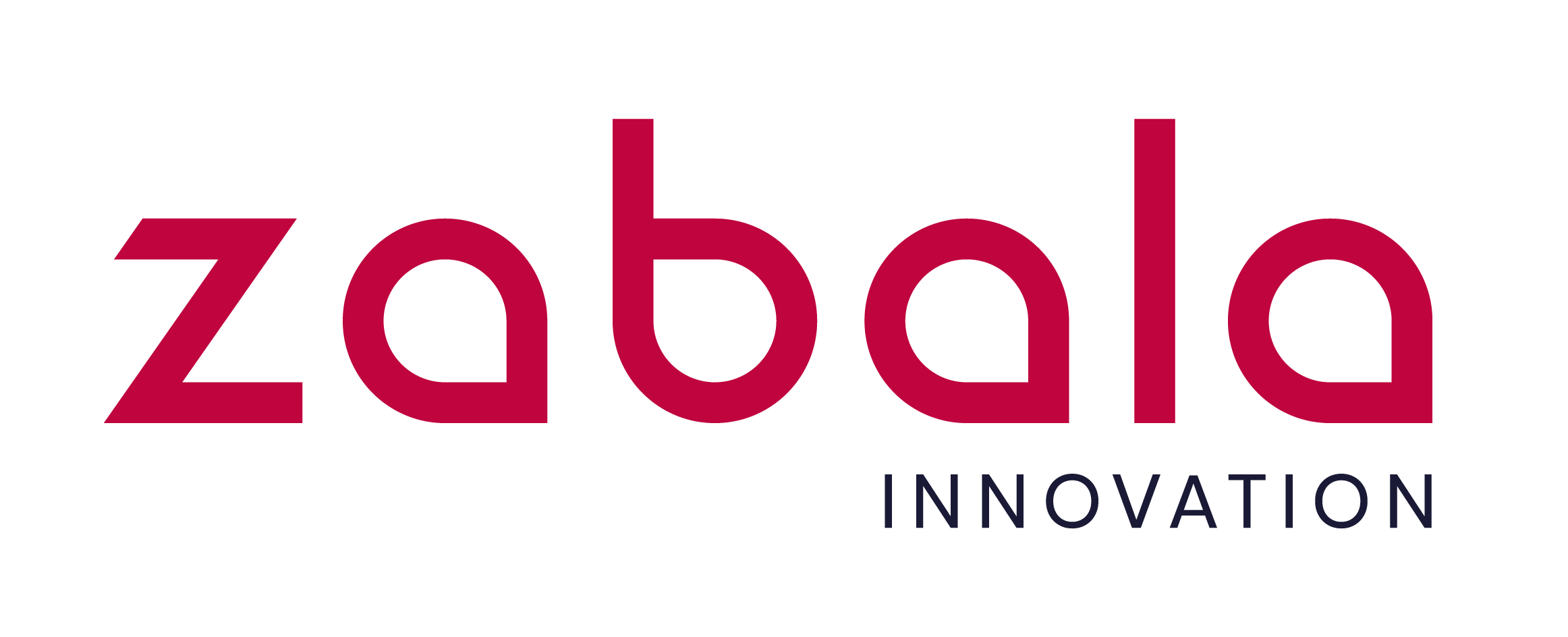As the adoption of RFID technology has grown, the need to establish protocols and standards that make possible the interoperability of RFID products, whatever their manufacturer, has become indispensable. RFID tags have very varied shapes and sizes depending on their frequency and antenna design. The customers choose one or another tag depending on several specific factors of their businesses, from the physical environment where the RFID system has to operate, to the materials of the product that will be tagged, or the distance and speed they should be read. Understanding RFID protocols and standards are essential to determine the best solution for a business. In this article, we are going to focus on UHF RFID protocols.
Summary of basic concepts
To sum, there are three types of RFID tags: active, passive and semi-active. The active and semi-active tags power the response of the tag thanks to an onboard battery, this is why they have much longer reading ranges than passive tags. On the other hand, passive tags are powered by electromagnetic energy from an order that launches the interrogator. Active and semi-active labels have longer ranges but also higher costs; passive tags, so, are cheaper but they imply the challenge of increasing their reading range thanks to their design.
An RFID system is composed of a tag reader that is the interrogator and a tag that responds. The communication between a tag and a reader is made through a wireless network called «air interface». With a sequence of commands sent between the two elements, an RFID reader can identify the Electronic Product Code (EPC) of an RFID tag. In passive tags, the interrogator initiates a round of interrogation with a query command. This query command «wakes up» the tag that answers thanks to the electromagnetic power with the information that it has stored.
The query command that the interrogator/reader sends is a message encoded in a wave, which is modulated by an amplitude modulation scheme ASK (Shift Keying Amplitude). This wave propagates through the air and when it reaches the tag, the antenna is activated, and the radio frequency power is converted into direct current power through a voltage path. The wave is modulated again with the encoded information of the chip, this determines the following command. The last step is the wave that launches the tag to the reader/interrogator. The encoding system to transmit the information is the Pulse Interval Encoding (PIE).
UHF RFID Protocols and standards
We have mentioned the EPC, PIE and ASK Next, we will develop these three concepts and others more extensively within the topic of protocols and standards. The protocols define communications between tags and devices. Organizations that work together to define and approve universal standards and protocols for RFID technology are the International Standards Organization (ISO), EPCglobal, GS1, and the World Trade Organization (WTO). For example, when GS1 and ISO created global standards for RAIN RFID, allow the worldwide adoption of RAIN RFID.
RAIN RFID is regulated by a single global standard called EPC UHF Gen 2v2 or ISO / IEC 18000-63. International organizations that issue standards related to Rain RFID include ISO, GS1, the International Electrotechnical Commission (IEC) and the Joint Technical Committee (JTC). Regional entities that regulate the use of RAIN RFID frequency bands include the Federal Communication Commission (FCC), which oversees in the US, and the European Communications Standards Institute (ETSI) that operates in Europe.
EPCglobal created the standard format for the EPC number, which includes a header, a unique product identifier number, and a filter value. EPCglobal also develops the standards for Class 1 Gen 2 tags, which were ratified by ISO to become ISO 18000-6C. All classes established by EPCglobal are approved by ISO and WTO. UHF RFID tags use the ISO 18000 air interface protocol.
In Class 1 Gen 2 (ISO 18000-6C) equipment, Pulse Interval Encoding (PIE) is used for communications between reader and tags. PIE describes the way the message is encoded. PIE is similar to Morse code, it uses short and long pauses to represent «0» and «1». PIE in ISO 18000-6C works in conjunction with Amplitude Shift Keying (ASK) that describes how the wave is modulated. ASK works by changing the amplitude of the wave to represent digital data.
In the case that two tags answer at the same time to a reader the waves of these collide and they could not be read. Therefore, the reader uses anti-collision algorithms, if not, reading RFID tags in a room where there are more than two tags would be almost impossible. For readers and UHF RFID tags of Class 1 Gen 2, this anti-collision algorithm is called Algorithm Q or adaptive Q algorithm. Up to this point, in this brief introduction to protocols and standards in UHF RFID, we have seen the information encoding (PIE) method, the wave modulation (ASK), and the anti-collision Q algorithm.
If you found this article interesting, you might like to read the article about how to understand an RFID tag datasheet.
Sources:
Main picture: Markus Spike on Unsplash.
Linked articles:
—Advanced RFID Measurements: Basic Theory to Protocol Conformance Test, National Instruments.
—UHF RFID Tag Communications: Protocols and Standards, RFID Insider.
—RFID STANDARDS, Impinj.
Contact us for more information focused on your needs. If you wish to receive information about RFID technology, subscribe to our magazine.






